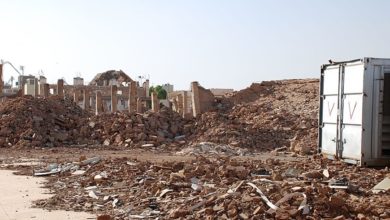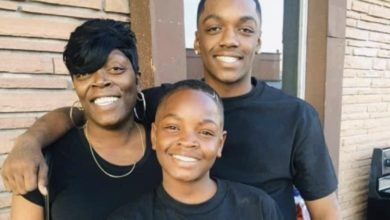The spectre of institutional racism continues to haunt the New York Police Department both above and below the streets of Manhattan. A Feb. 29 New York Daily News report found that 88 percent of those who are stopped and searched in the city’s subways are Black or Latino, although they make up only 49 percent of subway riders. In sharp contrast, white commuters, who constitute 36 percent of all subway riders, only make up 8 percent of those subjected to “stop-and-frisks.”
|
The New York Daily’s report exposes this as a sham. On the subways, which are completely integrated, Black and Latino commuters are still far likelier to be subjected to police harassment.
The subway stop-and-frisks and “random” bag checks were first implemented in October 2005. At that time, the Bush administration fixed the city’s “terror alert” to orange, the second highest level. Politicians droned on about the need to report “suspicious” persons. With thousands of signs reading “if you see something, say something,” New Yorkers were instructed to join in the phony “war on terror” and its culture of fear and mistrust.
On Oct. 6, 2005, the Department of Homeland Security reported that a purported terrorist had revealed under interrogation a plan to bomb the subway system. The alleged plot was said to involve 19 individuals carrying explosives in baby carriages. This information was never corroborated, and was obtained through highly questionable—and possibly illegal—interrogation methods.
Nonetheless, Mayor Michael Bloomberg acted at once to strengthen the hand of the police apparatus. Bloomberg called for increased police enforcement in the subways and the random searching of “bags, briefcases, baby carriages, and luggage.” The next day, cops were deployed at every subway station.
The right of freedom from unreasonable searches and seizures, guaranteed by the U.S. Constitution, was thrown out the window. Bloomberg defended these violations as a necessary compromise of civil rights in order to better secure the city.
“We have done and continue to do everything to protect this city,” Bloomberg stated. Police chief Raymond Kelly said the threat had a “specific time, specific object and modality. So, you know, we had to do what we did.”
Within a few days many intelligence officers were openly questioning the credibility of the report. The threat was dropped as quickly as it had been picked up. The mainstream media spent no time reflecting on the bogus threat, nor did they question Bloomberg’s “tough on terror” ploy or its timing—right in the middle of the election season.
The story faded away, but the police presence did not. From 2004 to 2007, the number of passengers stopped by police increased from 2,769 to 27,077. This number does not include the tens of thousands of uncalled-for bag searches. The police are now a regular feature in most subway stops and subway cars.
Intent on concealing documented patterns of racism, the NYPD has withheld information on its stop-and-search policy despite being legally mandated to disclose such data to the City Council every four months. The Department report any data for all of 2004 and 2005; their March 2007 report was the last to enter the public domain.
With or without the new statistics, racist patterns are ongoing. The record of the “war on terror” shows that when the state confers to itself the right to violate individual liberties, it never does so temporarily. The “threat” passes, but the new security apparatus—justified based on that “threat”—remains.
For oppressed communities, the “war on terror” has meant an escalation of police harassment. It has been another excuse for police to ignore constitutional protections and other judicial protocols. Only through an active struggle can we defend our communities and turn back these attacks on civil liberties.







